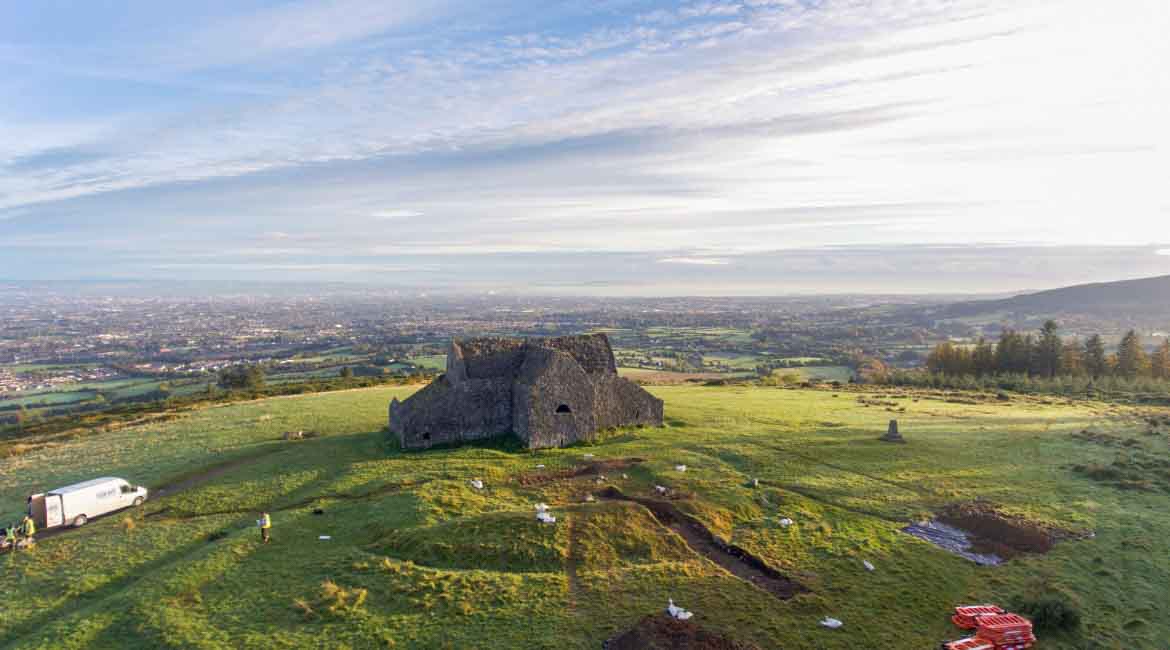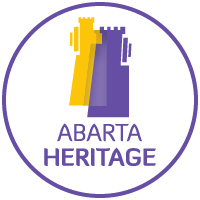The Hellfire Club Dig
The Origins of the Hellfire Club Dig
The Hellfire Club dig was the culmination of the Hellfire Club Archaeological Project. The project has been carried out over a number of years, and features research, geophysical and LiDAR survey, small test-excavations and the excavation of two trenches in 2016. All of the work has been carried out under licence and to best-practice standard, guided by the National Monuments Service and National Museum of Ireland, with support and advice from University College Dublin.
This section introduces the key findings of the Hellfire Club dig. If you would like to discover more on our methods and techniques please click here.
The Aims of the Hellfire Club Dig
The chief aims of the Hellfire Club dig was to:
- Examine the nature of the monument DU025-001001 and to seek to conclusively identify its site type.
- To establish the condition and preservation of below-surface archaeological features.
- Accurately assess, record, sample and excavate all archaeological contexts encountered.
- Identify and retrieve material for dating purposes to better understand the chronology of the passage tombs and ancillary features located on Montpelier Hill, and to contribute towards the overall chronological understanding of megalithic tombs in Ireland.
- To carry out an accessible archaeological excavation that would help to raise awareness, engage and educate the general public, particularly local schools, about the practice of archaeology, and to help to tell the story of Montpelier Hill and the Dublin Mountains.
The Results of the Hellfire Club Dig
The excavation revealed that the low horseshoe-shaped mound at the rear of the Hunting Lodge building does indeed represent the quarried remains of a Neolithic passage tomb. We identified an assemblage of artefacts consistent with the Irish passage tomb tradition, such as megalithic art, a polished stone axehead, lithics and a possible mushroom-headed bone pin. Radiocarbon dates obtained from secure contexts range in date from 3782–3377 cal BC, placing this monument in the early–middle Neolithic period. The excavation also provided physical evidence of the historically recorded quarrying and destruction of the tomb in the eighteenth and nineteenth century.
You can discover all of the detail of the results in this free digital publication Sacred Skies and Earthly Sinners; The Hellfire Club Archaeological Project.


